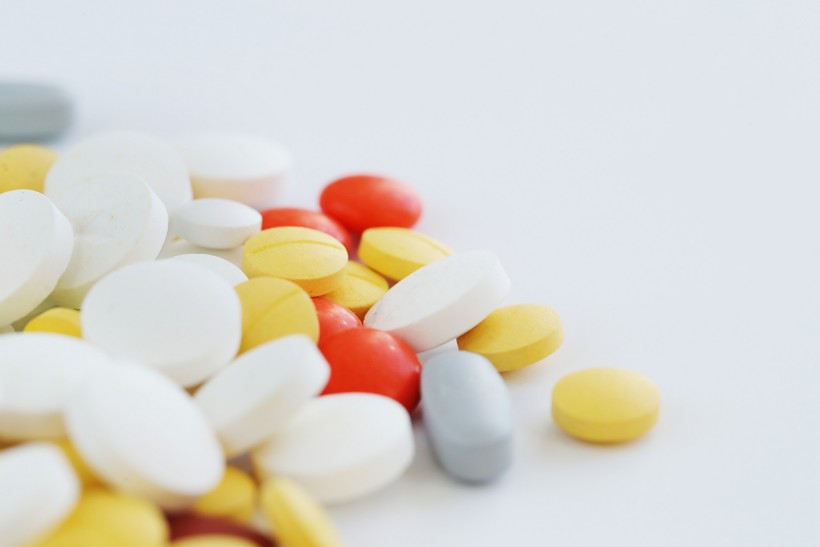
Downstream processing is a fundamental part of both clinical and commercial manufacturing in the pharmaceutical industry and plays a critical role in ensuring the purity, potency, and safety of biopharmaceutical products. As demand for these products continues to grow, the industry faces the dual challenge of improving purification techniques while managing production costs. Through technological innovation and process optimization, the pharmaceutical sector is making significant progress in addressing these challenges. As a result, downstream processing will continue to be a key area of focus and development, driving the successful production of biopharmaceuticals and their availability to patients worldwide.
The Crucial Steps of Downstream Processing
Downstream processing encompasses several sequential steps designed to isolate and purify the active pharmaceutical ingredients (APIs) produced during upstream processing. The journey begins with cell removal, typically achieved through centrifugation or filtration, to separate the cells from the liquid containing the product. What follows is a series of purification steps, including chromatography and ultrafiltration, meticulously designed to remove impurities and concentrate the product. The final product must meet stringent regulatory standards for purity, potency, and safety, making each step of downstream processing pivotal.
See also: Clinical & commercial GMP biologics contract manufacturing
The Challenges of Purification
One of the primary challenges in downstream processing is the need to maintain the biological activity of the molecules while removing contaminants. Proteins, in particular, are sensitive to environmental conditions, and their functionality can be compromised if not handled with care. Additionally, the purification process must be scalable; methods developed in the laboratory must translate effectively to manufacturing scales without compromising yield or purity. This scalability is critical for transitioning from clinical to commercial manufacturing, where the demand for the drug requires production at a significantly larger scale.
Technological advancements and innovative strategies are continually being developed to address these challenges. For example, novel chromatography techniques offer higher resolution and capacity, allowing for more efficient separation of the target molecule from impurities. Similarly, advancements in membrane technologies have improved the efficiency of filtration steps, which are crucial for concentrating the product and removing viruses and other contaminants.
The Role of Downstream Processing in Cost and Accessibility
Downstream processing is not only a determinant of product quality but also significantly influences the overall cost of pharmaceutical production. The purification process is often the most expensive part of manufacturing, accounting for a substantial portion of the total production costs. As such, improvements in downstream processing can lead to more cost-effective manufacturing, reducing the price of biopharmaceuticals and enhancing their accessibility to patients.
Moreover, as the pharmaceutical industry strives to meet the growing demand for biologics, including monoclonal antibodies, vaccines, and gene therapies, the efficiency and scalability of downstream processing become increasingly critical. The ability to purify these products quickly and at scale can accelerate their time to market, providing life-saving treatments to patients sooner.
* This is a contributed article and this content does not necessarily represent the views of sciencetimes.com











!['Cosmic Glitch' in Einstein's Theory of General Relativity Could Be Explained in This New Scientific Tweak [Study]](https://1721181113.rsc.cdn77.org/data/thumbs/full/53435/258/146/50/40/cosmic-glitch-in-einsteins-theory-of-general-relativity-could-be-explained-in-this-new-scientific-tweak-study.jpeg)


